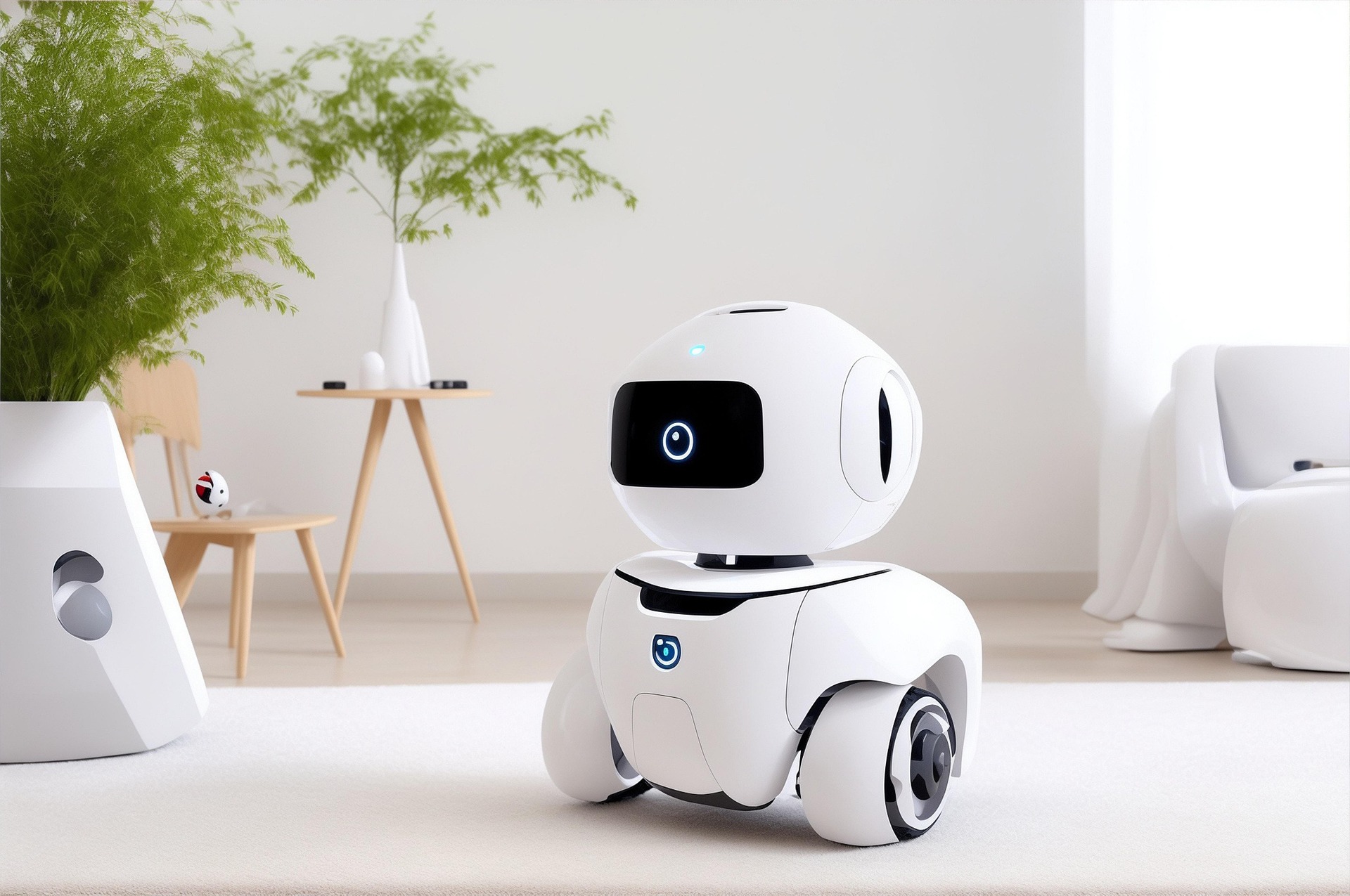As artificial intelligence continues to evolve, a new frontier is emerging, one that moves beyond screens and servers into the tangible world around us. Welcome to the era of Physical AI.
Physical AI refers to the application of AI technologies to directly interact with and impact the physical world. It involves AI systems that perceive, understand, and manipulate the physical environment, often through robots, self-driving cars, and smart spaces. This differs from traditional AI, which primarily operates in digital or virtual environments. Physical AI is characterized by its ability to gather data from sensors, process it, and then use actuators to perform actions in the real world.
At Wolf Consulting Services Limited, we’ve always believed that technology should serve people, not the other way around. With over two decades of experience in IT consulting and digital design, we’re now exploring how Physical AI can redefine business operations, customer experiences, and the very nature of human-machine interaction.
What Is Physical AI?
Physical AI refers to intelligent systems embedded in physical environments – robots, autonomous vehicles, smart sensors, and adaptive machines that perceive, learn, and act in real time. Unlike traditional AI, which operates in virtual spaces, Physical AI interacts directly with the physical world.
Think of warehouse robots that optimize logistics, drones that monitor infrastructure, or smart kiosks that adapt to customer behaviour. These systems combine machine learning, computer vision, and real-time decision-making to deliver outcomes that are both intelligent and tactile.
Why It Matters for Business
Physical AI isn’t just about automation – it’s about augmentation. It empowers businesses to:
- Streamline Operations: From manufacturing to retail, intelligent machines can reduce errors, improve safety, and boost efficiency.
- Enhance Customer Experience: AI-powered kiosks, assistants, and environments can personalize interactions and respond dynamically to user needs.
- Enable Predictive Maintenance: Smart sensors can detect wear and tear before it becomes a problem – saving time, money, and reputation.
- Bridge Digital and Physical Worlds: Physical AI creates seamless integration between data-driven insights and real-world execution.
Strategy Before Implementation
As with any emerging technology, the key to success lies in strategic adoption. Physical AI requires thoughtful planning around infrastructure, ethics, data privacy, and human impact.
At Wolf Consulting, we help organizations explore these technologies with clarity and purpose. Whether it’s assessing readiness, designing adaptive interfaces, or integrating AI into existing workflows, our advisory-first approach ensures that innovation is always aligned with business goals.
The Future Is Tangible
Physical AI is not science fiction; it’s already here. And as it becomes more accessible, businesses that embrace it early will gain a distinct edge in agility, responsiveness, and customer engagement.
We’re excited to be part of this transformation, helping clients navigate the intersection of intelligence and embodiment. Because when AI moves off the screen and into the world, the possibilities become truly limitless.
Let’s Build the Future Together
Curious how Physical AI could elevate your operations or customer experience? Connect with us at Wolf Consulting Services Limited, where strategy meets innovation.


 This hole plays longer than its carded distance and the green is narrow, as well as sloping from back to front. Make sure you putt from below the hole.
This hole plays longer than its carded distance and the green is narrow, as well as sloping from back to front. Make sure you putt from below the hole.